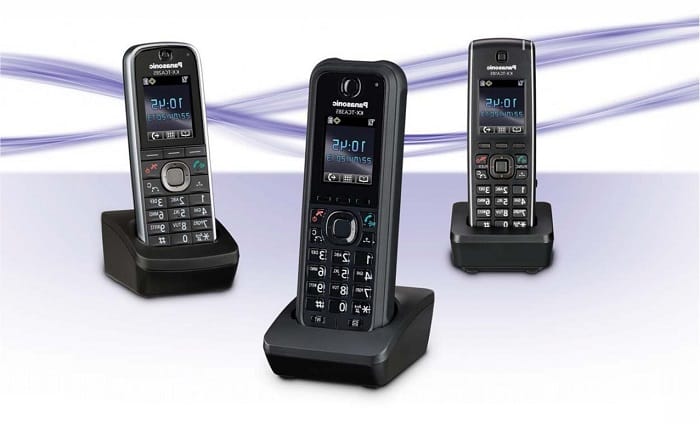Cell Phones with Wireless Connectivity essay
The problem considered in this paper is the choice of a cell phone with support of wireless technologies for business purposes.
Description of possible solutions
There are numerous smartphones with full-scale support of wireless technologies which can be used for business purposes. The choice of two key alternatives was done basing on the phone’s popularity and rating according to phone reviews. The alternatives include Apple iPhone 6 and Google Nexus 6. Purchasing any of these phones will help the buyer connect with a variety of wireless networks and get access to various data transmission technologies.
The first alternative is purchasing Apple iPhone 6. This phone’s display size is 4.7 inches, the screen is built using IPS LCD technology, the phone operates using iOs 8x, has 128 Gb of built-in storage, 1024 MB RAM, dual-core 1.4 GHz Apple A8 processor (CNet, 2014). Wireless networks supported by this phone are CDMA, GSM, UMTS and FDD LTE (CNet, 2014). Wireless data transmission technologies embedded in this phone are HSPA, LTE category 4, GPRS, EDGE, HSUPA, EV-DO Rev. A and B (CNet, 2014).
The device is capable of Wi-Fi positioning, has GPS, A-GPS, Cell ID and Glonass technologies for positioning. With regard to wireless connectivity options, this alternative has Bluetooth 4.0, Wi-Fi support a/b/g/n/, n for 5 GHz frequency and ac and NFC (CNet, 2014). Manufacturer’s suggested retail price of this phone is $849 (CNet, 2014). The device was released on September 9, 2014.
The other solution is Google Nexus 6 phone. The characteristics of this device are the following. Display size is 6 inches, and display technology used for this device is AMOLED (CNet, 2014). Operating system used for the phone is Android 5.0 (CNet, 2014). The device’s hardware includes 64 GB of built-in storage space, 3072 MB RAM, CPU used in this phone is quad-core 2.7 GHz Qualcomm Snapdragon (CNet, 2014). With regard to wireless networks/technologies, this phone supports GSM, UMTS, FDD LTE and TDD LTE (CNet, 2014).
Data transmission technologies included in Nexus 6 are LTE-A, HDSPA and HDSPA+, HSUPA, GPRS and EDGE (CNet, 2014). The phone is capable of GPS and A-GPS positioning. Wireless connectivity functions supported by the device include Bluetooth 4.1, Wi-Fi a/b/g/n/n 5 GHz and ac, NFS and tethering (CNet, 2014). The device was announced on October 15, 2014. Retail price suggested by manufacturer is not known yet, but will soon be announced by Google.
Criteria for measuring alternatives
There might be different phone selection criteria basing on the purposes of buying a phone and the tasks that will be completed using the phone. In the context of business use of cell phones with emphasis on wireless connectivity, the following criteria for choosing a smartphone can be used (Abbott, 2013).
- The range of wireless technologies and data transmission technologies supported by the phone.
Since business people have to travel a lot and interact with various wireless networks, the range of technologies supported by the phone and the versions of these technologies are important. These technologies define the range of locations where the owner can use the phone and the speed of data transmission.
- Battery life.
Active use of phone and data exchange with wireless networks will lead to quick battery discharging, so battery life is an important factor for business use.
- Operating system and related apps
Business people are likely to perform a variety of automation, scheduling and other work-related tasks using their phones (Baldauf & Stair, 2010). Convenience of the operating system and availability of business apps are important in this case.
- Price.
It is desirable to choose a phone with optimal balance of price and functionality.
- Collaboration with wireless carriers
The choice of phone might depend on the existing bundling options. Most wireless carriers partner with phone manufacturers and offer attractive contract options (Baldauf & Stair, 2010). The match between the best suitable carrier and mobile phone manufacturer might be an important criterion for choosing the phone.
Process of conducting research
The research will be conducted using websites and journals with technical characteristics of smartphones, smartphone reviews, offers of wireless carriers associated with the alternatives considered in the previous sections. Analysis of the match between operating system and business needs will be performed using a survey of key employees and comparing the results of the survey with other business reviews.
Do you like this essay?
Our writers can write a paper like this for you!



